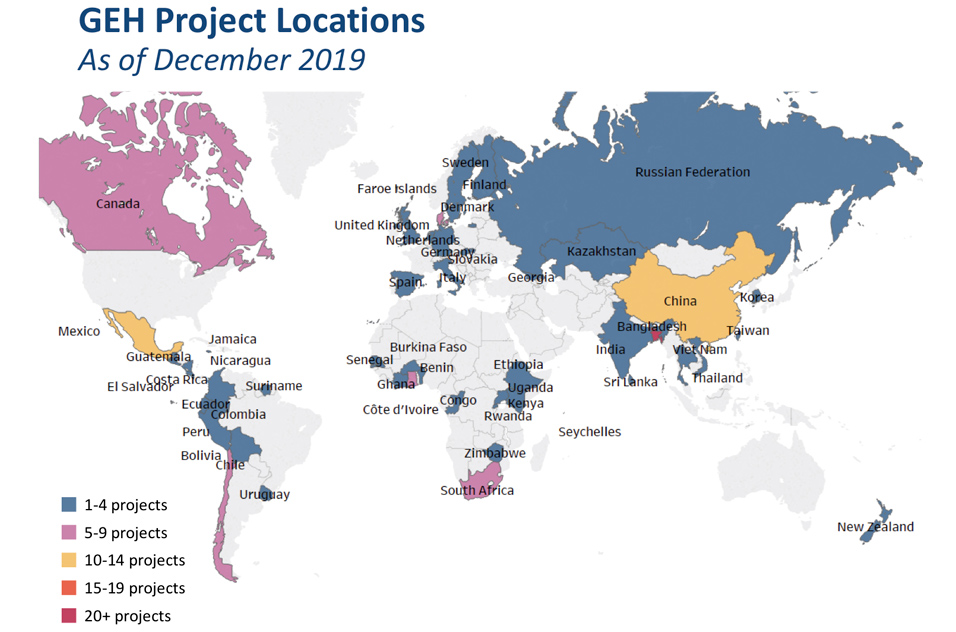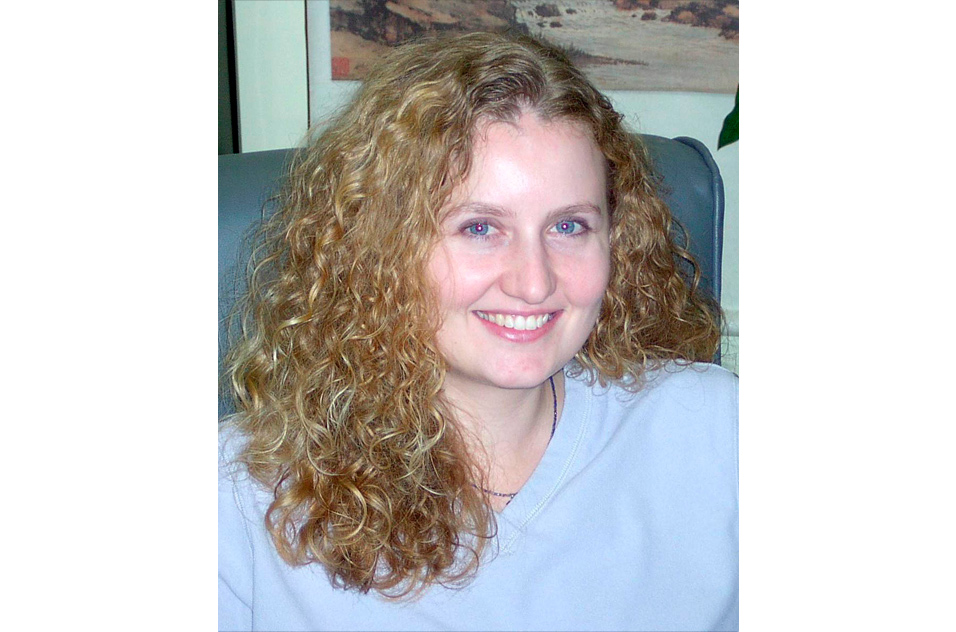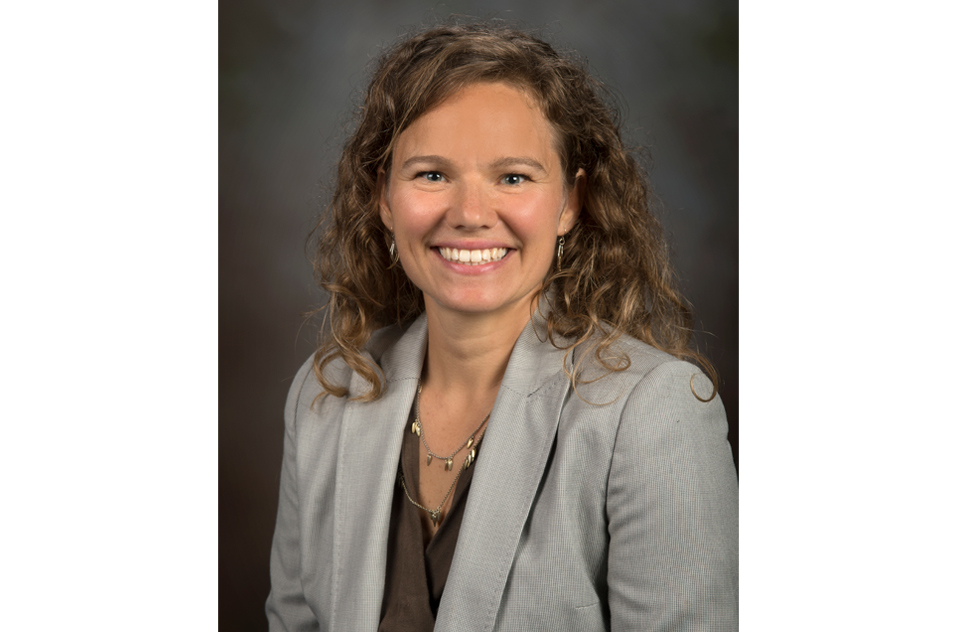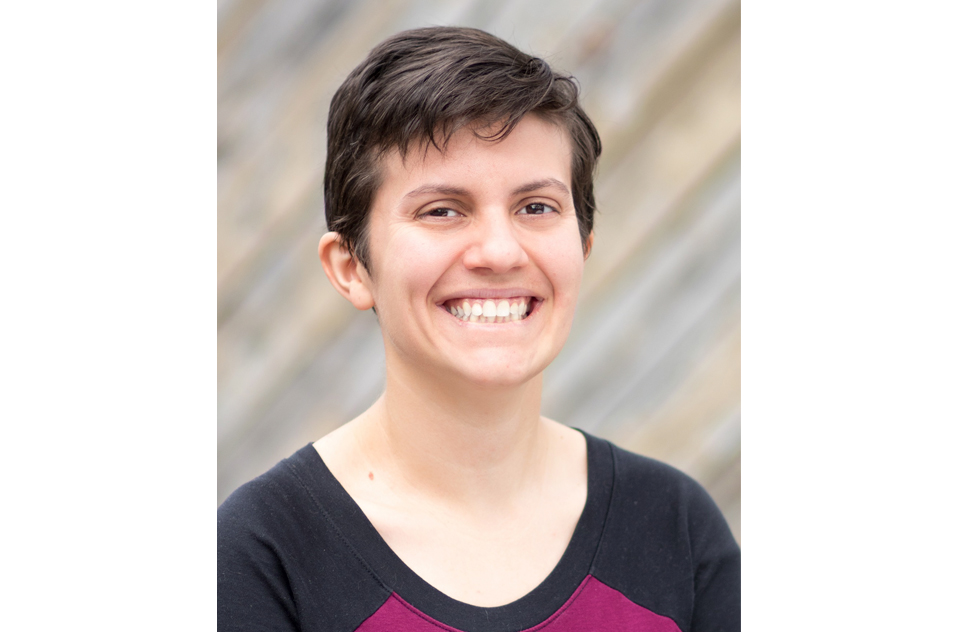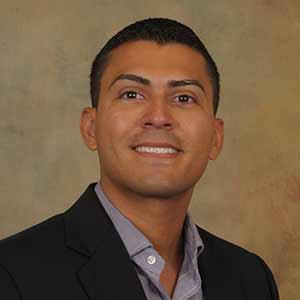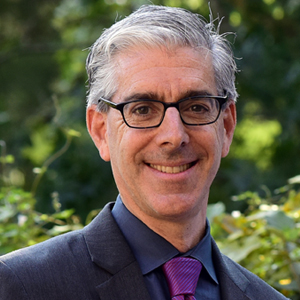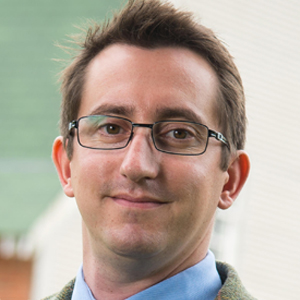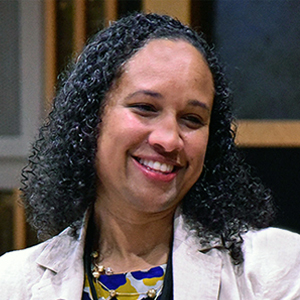The fourth annual NIEHS Global Environmental Health Day (GEH Day) attracted more than 1,000 registrants from around the world. The July 1 virtual event doubled as that month’s NIEHS Global Environmental Health Program webinar on climate, environment, and health. “Today’s lineup is a supercharged installment in this [webinar] series,” said NIEHS and National Toxicology Program (NTP) Director Rick Woychik, Ph.D.
 The theme of this year’s meeting was Science at the Cutting Edge of Global Environmental Change and Health.
The theme of this year’s meeting was Science at the Cutting Edge of Global Environmental Change and Health.“We’re delighted to be able to bring GEH Day to a wider, global audience,” added John Balbus, M.D., the institute’s senior advisor for public health. He and Trisha Castranio, GEH program manager at NIEHS, organized the meeting.
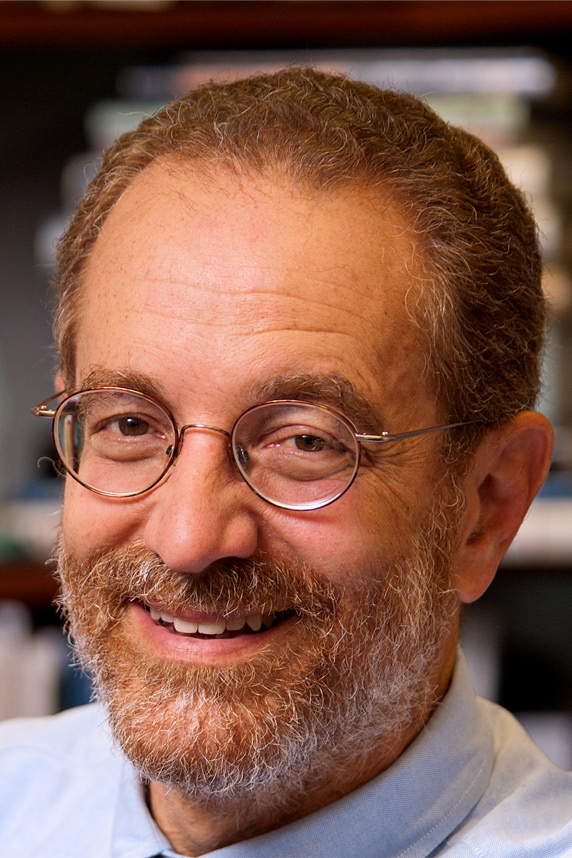 Frumkin formerly served on the NTP Board of Scientific Counselors(https://ntp.niehs.nih.gov/events/bsc/), and helped create the NIEHS 2012-2017 Strategic Plan. (Photo courtesy of Howard Frumkin)
Frumkin formerly served on the NTP Board of Scientific Counselors(https://ntp.niehs.nih.gov/events/bsc/), and helped create the NIEHS 2012-2017 Strategic Plan. (Photo courtesy of Howard Frumkin)Weighing social benefits, environmental risks
Howard Frumkin, M.D., Dr.P.H., professor emeritus at the University of Washington, opened his keynote talk with a nod to the twin crises in climate and public health.
“By not flying into North Carolina, we saved about 640 tons of carbon,” he noted. “COVID-19 is a disaster in almost every way, but we’re learning to be more carbon-efficient in how we hold our meetings.”
Frumkin pointed out that it is important to weigh the needs of society alongside those of natural systems. “The first law of ecology is that everything is connected to everything else,” he said. “There's a pollution ceiling above which we shouldn't go, and there's a human-need floor below which we shouldn't go.”
Clean energy in the form of hydroelectric power is a case in point. “Energy policy is health policy,” Frumkin said. “We need to balance the human needs for clean energy and flood control with the ecological and health risks of dams.” Worldwide, about 3,500 dams are used to generate hydroelectric power, and 3,700 are either planned or under construction.
Another balancing act is required for sustainable food production, which he argued calls for international cooperation.
Involving communities
Kristie Ebi, Ph.D., from the University of Washington, gave the second keynote address, emphasizing the importance of collaborating with health departments at local and national levels when preparing for and managing the health risks of climate change.
 Ebi estimates the health risks of climate change, designs adaptation policies, and measures the benefits of mitigation efforts in the U.S. and abroad. (Photo courtesy of Kris Ebi)
Ebi estimates the health risks of climate change, designs adaptation policies, and measures the benefits of mitigation efforts in the U.S. and abroad. (Photo courtesy of Kris Ebi)“Vulnerability and adaptation assessments are key to identifying priority interventions to be implemented over the next five to 10 years,” she said. “Social scientists can facilitate engagement with stakeholders,” Ebi added.
That strategy has been particularly effective in her overseas work, according to Balbus. “Dr. Ebi’s talk emphasized practical approaches to changing the status quo in public health ministries around the world,” he said. “She has unmatched experience helping countries design climate change adaptation measures, and our audience benefited from her presentation.”
Wildfires, heat-related illness, cholera, and climate change
Several NIEHS grant recipients spoke about connections between climate change and human health outcomes.
“Under climate change, wildfires are anticipated to occur more frequently and burn more intensely,” said Michelle Bell, Ph.D., from Yale University. “We anticipate more smoke and more human health impacts.”
But efforts to lessen climate change could have co-benefits, she said. “Improving air quality would lower greenhouse gas emissions, [and] mitigating climate change would improve air quality.”
Julia Gohlke, Ph.D., from Virginia Polytechnic Institute and State University (Virginia Tech), found that compared with urban Alabama residents, people in rural areas of the state spent more time in unsafe heat. She collaborates with community-based organizations, public health officials, and others to examine pollution levels and heat exposure.
Anwar Huq, Ph.D., from the University of Maryland, talked about Vibrio bacteria, including V. cholerae, which can cause severe waterborne illness. “We’re finding that with climate change, vibrios are increasing and being detected in places they weren't found before,” he said. Huq’s early work in Bangladesh showed that filtering water with sari cloth removed 99% of the attached vibrios, reducing cases of cholera by half.
(John Yewell is a contract writer for the NIEHS Office of Communications and Public Liaison.)





